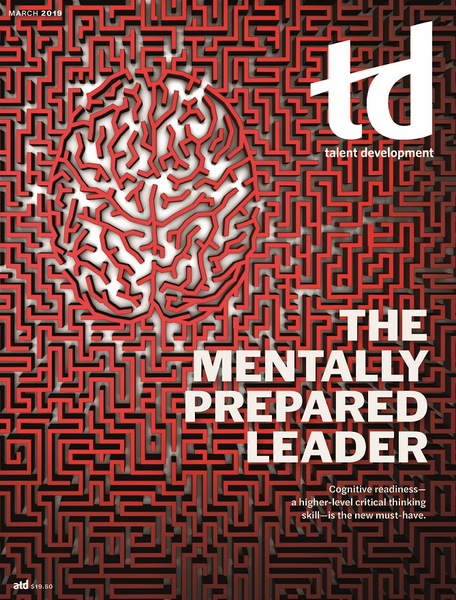TD Magazine Article
AI Is Improving Healthcare Workers’ Efficiency
Simplifying the workload starts with AI, but it doesn’t end there.
Fri Mar 01 2019
Nearly one-third of the U.S. healthcare systems' annual expenses go toward administrative and operational inefficiencies. More than half of healthcare workers never interact with patients, and even those who do spend as little as 27 percent of their time working directly with patients. Otherwise, they're in front of computers.
Evidently, electronic health records (EHRs) are driving healthcare professionals crazy and cutting into their overall efficiency. Organizations are trying to fix their systems, but the perfect solution has been elusive. Some have tried to create new EHRs from scratch; others have turned to open-source models. However, the industry may have finally found the answer: artificial intelligence (AI).
Firms such as Epic, Cerner, Allscripts, and Athenahealth are adding capabilities such as natural-language processing, machine learning for clinical decision support, integration with telehealth technologies, and automated imaging analysis. The belief is that those changes will help make today's rigid EHRs more user-friendly and adaptable.
One area where AI has become immensely helpful is in the assignment of beds. The technology can anticipate demand, which speeds up the process. Additionally, it helps doctors keep their documentation in compliance with federal guidelines. The implementation process has been quick so far, and some providers have reported slashing documentation time by 45 percent.
Other improvements appear to be on the way. The next logical step is to cut down on the required documentation. The Centers for Medicare and Medicaid Services has launched an initiative to streamline burdensome regulations. To get patients with musculoskeletal ailments to the right provider, for instance, Geisinger's EHR now asks just two questions: What is the patient's complaint, and where is the injury? Simplifying the workload starts with AI, but it doesn't end there.

